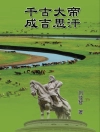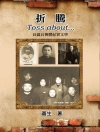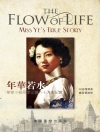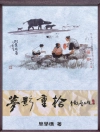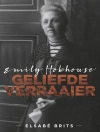In ‘Queen Hortense: A Life Picture of the Napoleonic Era, ‘ L. Mühlbach masterfully intertwines the personal and political in a vivid portrayal of Hortense de Beauharnais, the stepdaughter of Napoleon Bonaparte. Written in the mid-19th century, Mühlbach’s narrative reflects the Romantic fascination with historical figures, blending meticulous research with dramatic storytelling. Drawing upon an array of sources, she captures the complexities of Hortense’s life, from her privileged upbringing to her struggles in the turbulent socio-political landscape of early 19th-century France. The literary style is characterized by rich descriptions and psychological insight, offering readers a nuanced perspective on both the queen’s personal dilemmas and broader historical events, such as the rise and fall of the Napoleonic empire. L. Mühlbach, a prominent German author known for her historical novels, often focused on pivotal female figures in history, which informs her empathetic portrayal of Hortense. Mühlbach’s keen interest in the Napoleonic era, coupled with her dedication to historical accuracy, enabled her to depict the life of Hortense as emblematic of the broader experiences faced by women during times of political upheaval. Her nuanced understanding of these dynamics adds depth to her characterizations, making them not merely biographical sketches but rich, relatable narratives. ‘Queen Hortense’ is highly recommended for readers interested in biography, historical fiction, or the Napoleonic era. It is not merely a recounting of events; rather, it is an intricate tapestry that invites readers to empathize with its subjects and to reflect on the intersections of personal and historical narratives. Mühlbach’s work remains significant today, appealing to those who appreciate literature that illuminates the lives of remarkable women in history.
A propos de l’auteur
L. Mühlbach was the pen name of Clara Mundt (1814-1873), a noted German writer best known for her works of historical fiction. Embraced widely, Mühlbach’s novels often blend meticulous historical research with vivid narrative, allowing readers to experience various eras with an intimate perspective. ‘Queen Hortense: A Life Picture of the Napoleonic Era’ is among her most esteemed works, shedding light on the tumultuous life of Hortense de Beauharnais amidst the backdrop of Napoleonic Europe. Mühlbach’s literary style is characterized by its detailed character development and engaging storytelling, which is rooted in historical events and figures while still crafting an accessible narrative flow suited to the sensibilities of her contemporary audience. Impressively prolific, Mühlbach authored over fifty novels throughout her career, earning a place of note in the literary circles of the 19th century. Her works have been translated into several languages, reflecting a widespread appreciation for her blend of historical insights and dramatic storytelling. Today, her novels remain a valuable source for those interested in the intersections of history, narrative, and the exploration of female perspectives in historical events.


